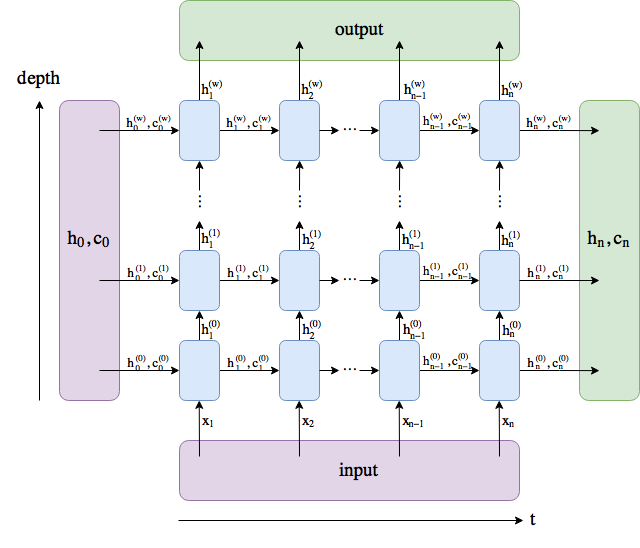def encoder():
enc = keras.Sequential()
enc.add(Input(shape=(maxlen,), name='Encoder-Input'))
enc.add(Embedding(num_words, embed_dim,input_length = maxlen, name='Body-Word-Embedding', mask_zero=False))
enc.add(Bidirectional(LSTM(128, activation='relu', name='Encoder-Last-LSTM')))
return enc
Here I get output of shape Batch x 256
In pytorch:
class EncoderRNN(nn.Module):
def __init__(self):
super(EncoderRNN, self).__init__()
self.embedding = nn.Embedding(vocab_size, embed_dim)
self.lstm = nn.LSTM(embed_dim, embed_dim, 2, bidirectional=True, batch_first=False)
self.relu = nn.ReLU()
def forward(self, input_, hidden, c):
embedded = self.embedding(input_).transpose(0, 1)
output, (hn, cn) = self.lstm(embedded, (hidden, c))
output = self.relu(output)
return out, hn, cn
def initHidden(self):
return torch.zeros(2*2, 16, 128, device=device), torch.zeros(2*2, 16, 128, device=device)
But here I get output of shape: sequence length x batch x 256 and I want to get batch x 256
How to implement the exact code of tensorflow to pytorch?

